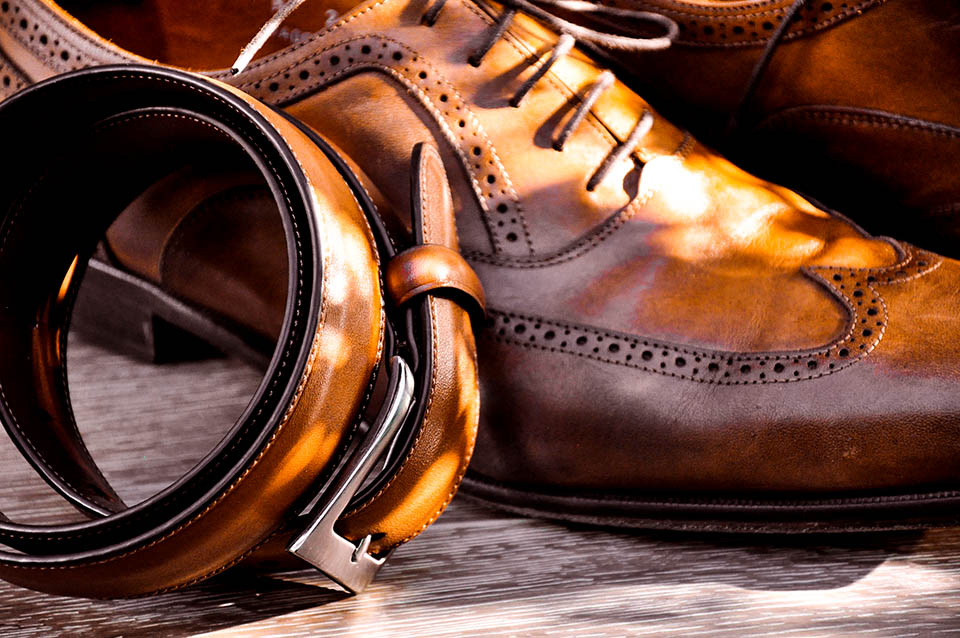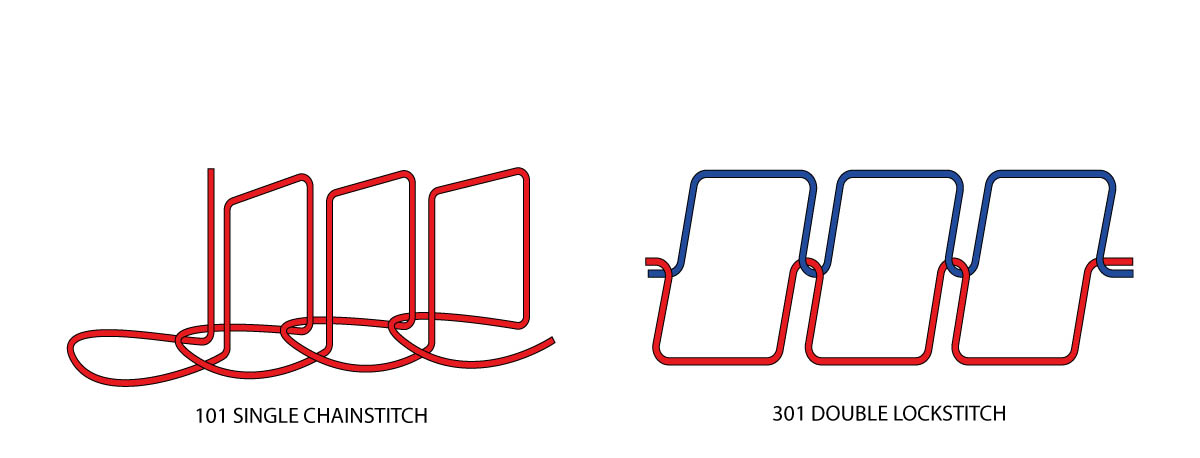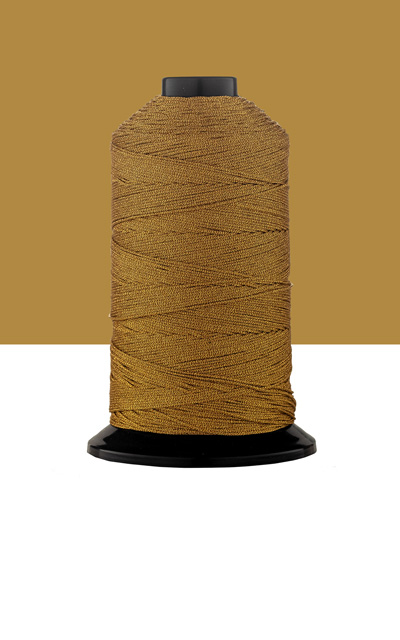FOOTWEAR AND LEATHER GOODS
Sewing thread for shoes and leather accessories
The MIC range of yarns includes high-performance yarns specifically designed to optimise sewing in footwear and leather goods.
Sewing thread in footwear has the fundamental function of providing an appealing appearance and the necessary strength when joining footwear components.
The recommended yarns for the world of footwear and leather accessories are:
- CONTINUOUS HIGH TENACITY FILAMENT
(thick counts for men's shoes, thin counts for women's shoes) - BONDED CONTINUOUS FILAMENT
(higher yarn cohesion, suitable for machines with non-linear movement) - BRAID
(made of polyester or cotton, suitable for welts and seams joining sole and upper)

FOOTWEAR COLOURS
MIC yarns are available from stock in the shades of the general colour chart. The yarns for shoes and leathers are available in a colour selection dedicated to the world of footwear and accessories.
Download the CORD colour card to discover the selection of colours dedicated to the world of footwear.
The underlined colours make up the selection of colours dedicated to braided yarns, for welts and stitching of great impact; otherwise you can view the BRAID selection by downloading the dedicated colour chart directly.
SUSTAINABLE SOLUTIONS AND CERTIFICATIONS
Responsible production of leather shoes and accessories is possible with the right partners and raw materials. MIC footwear yarns are certified OEKOTEX 100 Class I - the most restrictive on the use of chemicals, for use in baby clothes as well.
A recycled variant is available in the high tenacity yarns, CORD GRS, whose origin from post consumer packaging materials is GRS 2019-210 certified, issued by ICEA.
For sewing on sustainable and biodegradable shoes, BIO-COTTON yarn is available: organic and biodegradable cotton certified GOTS 2008-060, whose certification is issued by ICEA.
If required, the yarns can be supplied with a PFC-free water-repellent or antibacterial treatment. MIC collaborates with 4Sustainability® by implementing Chemical Management, to support responsible chemistry and be increasingly compliant with the MRSL ZDHC.
STITCHES
Sewing in footwear and leather goods mainly uses the double thread lock stitch - 301 - for strong, regular and attractive looking seams in the upper, sole and welt - for joining seams of the various components, or embroidery.
For hidden seams a single thread chain stitch - 101 - may sometimes be used, as in the case of joining the insole to the lining.
HOW IS A SHOE CRAFTED?

- UPPER : Comprises the entire upper part of the shoe and may be made of leather, fabric or other material. Its shape is joined to the sole by stitching or gluing. The upper may be made in one piece or consist of the vamp, cuff, tongue and toe box.
- VAMP : Comprises the front (up to the toe cap) and side of the upper. The cuffs - the two symmetrical parts where the eyelets are located - can be sewn onto it, depending on the shoe model.
- TOE BOX: Corresponds to the "toe" of the shoe and is located at the end of the front of the shoe. It may be simple, reinforced, machined, hard or soft, or it may not be present at all (in which case it will be the toe-puff which, by lengthening, will form the toe of the shoe).
- HEEL: This is the rise which is placed at the back of the shoe, under the sole, near the heel. It can be applied visibly, as in elegant men's and women's shoes, or hidden inside the sole.
- SOLE : This is the bottom of the shoe and is an essential part, being in direct contact with the ground. It can be made of leather, rubber or other materials which differ in terms of technical characteristics (such as waterproofing and non-slip), tradition and elegance.
- WELT : This is a strip of soft leather that runs around the edge of the upper and is stitched to the sole as a reinforcement between these two elements.It is knurled at the stitching points, and it makes the shoe more durable and allowing it to be resoled. The welt is typical of Goodyear manufacturing.
- EYELETS : These are the holes applied directly on the upper, on the vamp or on the cuffs, through which the strings are passed to close the shoe.
- LINING : The internal lining of the shoe. As it is in direct contact with the skin of the foot, it requires a good quality material that allows transpiration and avoids the formation of bacteria, the cause of bad smell.
HOW TO STITCH SOLE AND UPPER?
The model of the shoe varies both in terms of the final aesthetics, the stitching of the different components during the manufacturing phase, and the comfort of the shoe. An important and distinctive element is the phase of joining the sole to the upper, which involves different designs and the use of different sewing machines.
The main ones are:
GOODYEAR

The Goodyear method consists of a welt sewn to the insole, lining and upper by means of a 45° seam, and by means of a second linear seam it is joined to the sole. Footwear made with this process is compact, robust and durable. They can also be resole many times.
BLAKE / BLAKE RAPID

Blake is a technique whereby a single stitching holds together the sole, lining, upper and insole, resulting in a shoe with great strength and a unique fit.
The unmistakable internal stitching across the insole will always make this workmanship recognisable.
Rapid is a process that combines midsole and outsole and is achieved by means of the rapid sewing machine.














